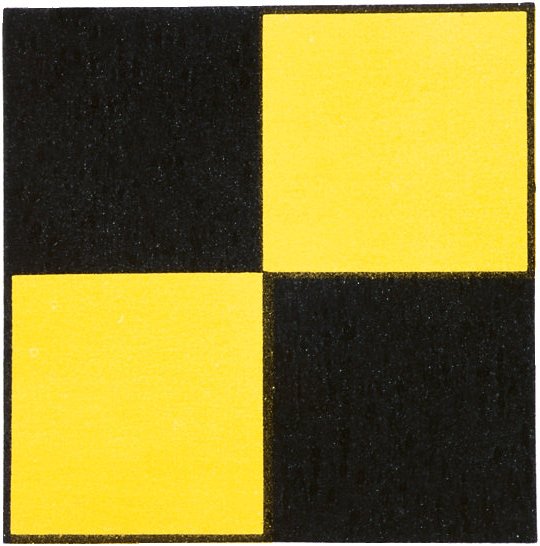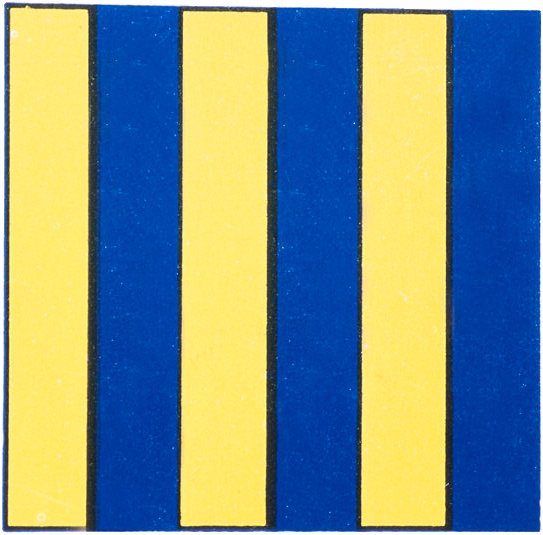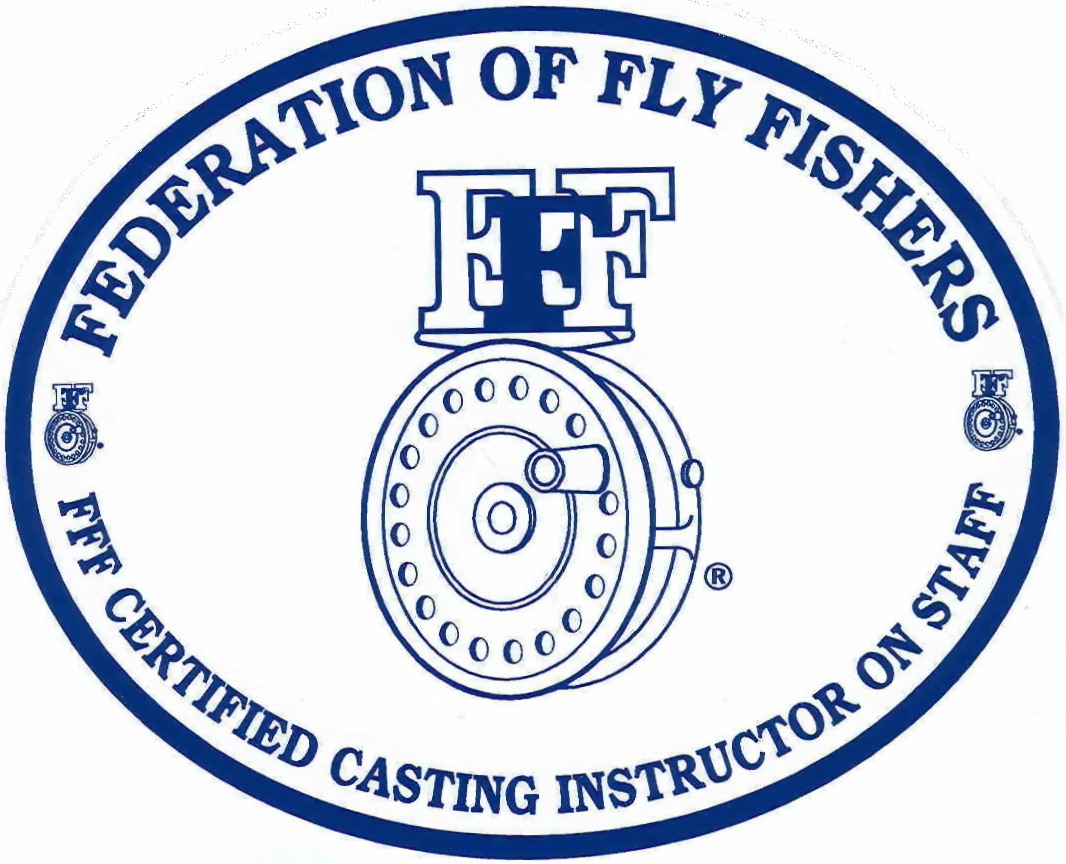Tips to Make You a Better Fly Angler
by Captain Jim Barr on 02/05/14
Hook Set- Many fly anglers new to the salt environment utilize the same fish striking (hook set) they do when striking a trout taking a dry fly. This is an overhead, high rod tip motion with the butt of the rod somewhere between the angler's waist and shoulder. If you use this technique when striking a saltwater fish (Stripers, Bluefish, Bonito and False Albacore to name a few), you're going to miss a lot of fish. The proper technique in saltwater is to keep your rod tip low to the water during your retrieve, and even putting the tip under the water's surface is perfectly acceptable. The retrieve has the fly line loosely pinched between the the forefinger or middle finger (or both) of the rod-hand and the fly rod grip as the angler strips in line with the line-hand in a fashion that best imitates the swimming motion of the bait you are imitating. As the line is stripped over the fore-fingers of the rod hand the angler applies more pressure to the pinch point so that if the fish strikes the fly as the angler drops the line to pick it up again for the next strip- the line will stay tight helping to hook the fish. As the angler repeatedly strips line imitating the swimming motion of the bait, when the fish strikes the fly, the angler is in a position to "strip-strike" the fish keeping the rod tip low. The strip-strike has the angler pulling the line with force with the line-hand as he releases pressure at what was the pinch point on the rod-hand. The fly line will go tight immediately, and the rod will begin bouncing under the pressure and head-shaking action of the fish. Typically the hook is set in the fish's jaw, however it's perfectly acceptable to strip-strike the fish again with a good degree of force to "seat" the hook. The angler then raises the rod to play the fish.
Rod Positioning While Playing a Fish- After the angler has set the hook and is now playing the fish, care must be taken to land the fish. I see many anglers who engage in hand-to-hand combat, "fighting" the fish as if it's a 200 lb beast. It's unnecessary, and I typically coach new anglers engaged in this life and death struggle, to Relax. Yes, keep pressure on the fish, don't allow a slack line and when the fish wants to run, let it. If the fly reel drag is set properly it will do the work of applying pressure and slowing the fish's run. Typically there is no need (except for the macho photo shot) to rear-back and bend the fly rod in half as you play the fish. The drag and the spring action of the fly rod will do the lion's share of the work. When the fish slows and you can turn it, do so, but keep a tight line and if the fish makes a run back to the boat as Bonito and Albies typically do, reel like a mad person to maintain a tight line/contact with the fish. If the fish pulls to the right, apply pressure to the left, and vice-versa- this will tire the fish more quickly. It's also OK to the turn the fish from side to side to tire it. Remember, for toothy fish, each time you reverse direction the leader is being pulled across the fish's teeth. In the case of Bluefish particularly, a steel leader should prevent being cut off.
Never put your line hand on the rod blank above the fly rod grip to apply additional leverage. A fly rod is meant to flex deep into the handle and putting pressure on the fish with your hand positioned on the blank above the grip may very well cause the rod to break. Additionally, try not to bring the butt of the rod above your waist while fighting a heavy fish. A high rod position exerts significant pressure (bend) on the tip section of the fly rod which may result in breakage.
Go Barefoot in the Boat- If the weather/water is warm, going barefoot in the boat helps the angler to avoid stepping on their fly line. Footwear of any kind provides enough insulation to prevent you from being able to feel that you are stepping on your line. Many a cast has been ruined and a fish lost by a pinched line on deck. Bare feet can also present a slipping hazard on a wet deck, so you be the judge. Alternatively use a stripping basket to hold your fly line. Also, remember to stretch your fly line, preferably before you board the boat, and if that's not possible or you forget, strip the fly line off the reel into the wake of the boat as you relocate. Water pressure applied to the fly line will stretch the line and remove any twists and coils. If you do not cast in a relatively straight plane, but have a circular or "oval" rod rotation, this will add twists to your line causing it to kink.
Fluorocarbon or Monofilament Leaders- I have a couple of simple rules on this subject.
1. First, I don't spend stupid money on monofilament and fluorocarbon tippet material. For fluorocarbon I buy "Vanish" manufactured by Berkley. https://www.google.com/search?q=berkely+fishing+line&ie=utf-8&oe=utf-8&aq=t&rls=org.mozilla:en-US:official&client=firefox-a#q=berkley+fishing+line&rls=org.mozilla:en-US:official&tbm=shop&spd=7371145439897742818. For monofilament I buy "Berkley Trilene Big Game" in Clear, https://www.google.com/search?q=berkely+trilene+monofilament&ie=utf-8&oe=utf-8&aq=t&rls=org.mozilla:en-US:official&client=firefox-a#q=berkley+trilene+monofilament&rls=org.mozilla:en-US:official&tbm=shop&spd=5079983338702591652.
I buy spools of this quality line in different tests. For Fluorcarbon, typically 17 and 20 lb. for $13 (250 yards), and for Big Game, typically spools in 10, 12, 15, 20, 25, 30 and 40 lb. test ($12 for 1/4 lb spools ). I tie my own tapered leaders thus the reason for buying multiple spools of different test. Ultraviolet rays combined with the effects of saltwater degrade these lines, so annually I throw out the leftover spools and buy fresh material.
2. When it comes to what lines to use. My simple rule is if I am using a floating fly line with a floating fly pattern because I want the fly to be on the surface or just below the surface, my leader and tippet system is made entirely of monofilament (nylon) line. On the other hand, if I am fishing deeper waters, particularly around cover such as heavy seaweed, ledge and boulders, the first four feet of my leader is 40lb monofilament, but the balance of the leader system is Fluorocarbon material. Fluorocarbon is nearly invisible under water and it is made of a heavier density copolymer... so it sinks. It's valued for its refractive index which is similar to that of water, making it less visible to fish. Mono floats/Fluro sinks- easy to remember.
Keep Boat Noise to a Minimum- Some years ago I was snorkeling in the Virgin Islands. I was submerged maybe ten feet swimming about the coral reefs checking out the sights. From several hundred yards away I could clearly hear the high pitched noise of the propeller of an approaching boat. As the powerboat throttled down the pitch changed but it was still remarkably loud. I then heard a series of bangs, thumps and then the beat of music. I surfaced and a hundred yards from me was a powerboat playing Reggae music and the skipper was making those banging noises as he deployed a couple of swim ladders.
On my boat I constantly remind my charter guests to try and keep noise to an absolute minimum. Don't let the hatches slam shut, don't throw their bags around or make noise putting down rods, no music, or excessively loud talking or "yee heeing". I know I must sound like a curmudgeon, but noise and vibration on a boat scares fish, particularly in skinny water environments. The fish and I don't want to hear the radio play-by-play of a Bruin's playoff hockey game on Ninigret Pond while fishing the worm hatch. True stories.
Fresh Water Bath for Flies- If you fish with fly patterns that are not tied on good quality stainless steel hooks, bring on-board a large plastic container (with a screw-on lid) of freshwater and when you change patterns drop the salty fly into the freshwater bath- and leave it there until the end of the trip. Those flies will last much longer if all salt deposits are washed off. You can also use the freshwater bath to dip your sun and street glasses in when they get doused with salt water.





